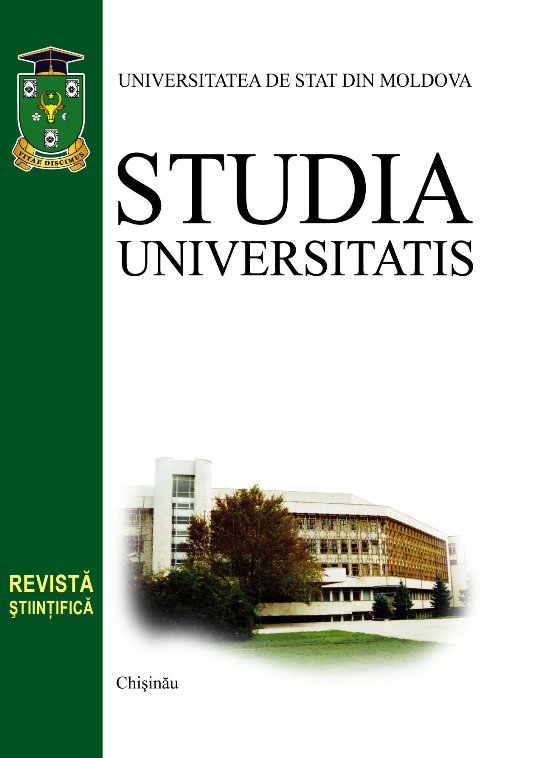OPTIMIZAREA PROCESULUI DE OXIDARE CATALITICĂ A AMOXICILINEI ÎN SOLUȚII APOASE
Larisa MOCANU, Maria GONȚA, Vera MATVEEVICI Universitatea de Stat din Moldova
Abstract
OPTIMIZATION OF AMOXICILLIN OF CATALYTIC OXIDATION PROCESS IN AQUEOUS SOLUTIONS
This paper describes a study of catalytic oxidation of AMX by Fenton process in aqueous solution. These chemicals are not biodegrading and under such conditions and chemical oxidation could be a very effective alternative treatment. The primary objective of this research was to optimize the parameters that influence the oxidation process of AMX and to evaluate the degradation of AMX by Fenton reagent. Several experimental studies have been performed in order to determine the degradation/mineralization effect and optimal concentrations of oxidant and catalyst. The initial concentra-tions of the reactants ranged from 0.01 to 0.3 mM for Fe (II) and 1 to 5 mM for H2O2. The pH value was adjusted to 2.2 using 0.1 N H2SO4.
As a result of laboratory research, it was found that the optimal ratio of Fe2+: H2O2: AMX is 1: 10: 2. It was concluded that the response effect of each independent variable depends on the value of the other, due to the existence of cross-interactions. Thus, any of the psysico-chemical parameters studied could positively or negatively influence the degrada-tion of amoxicillin.
As a result of the optimization process of the physico-chemical parameters, it was obtained that the maximum mineralization/ oxidation rate of amoxicillin has been 96%, and the degradation rate of AMX – 90%.
Keywords: amoxicillin, catalytic oxidation, Fenton reagent, synthetic system.


